
The Corona Borealis is located near the constellation Hercules. The position of T CrB is marked with a green dot. This view shows the sky around 2 a.m. local daylight time in mid-April. Please note that the constellations will rise and set at different times throughout the year, but their positions relative to each other never change. You can see a larger version of this image below. Credit: Alison Klesman (via TheSkyX)
A star that hasn't been seen with the naked eye since the 1940s will appear for a fleeting moment in our night sky this year. The bright spot of light is the effect of an explosion, called a nova, from a star system known as T Coronae Borealis (T CrB). T CrB has captivated many generations of astronomers who have tracked, read historical records, or seen the star. Its previous eruptions have been observed since at least 1217 AD
T CrB bursts occur approximately every eight decades. The last outbreak was documented in 1946. The next one is expected between now and September. “This is the big opportunity we have to see the brightest nova of the generation,” says Bradley Schaefer, professor emeritus at Louisiana State University and a long-time T CrB observer.
The 80-year cycle of T CrB is well documented. Follow the same phases. The star is stable and then begins to brighten before suffering a pre-eruption magnitude drop and, about 11 months later, a huge explosion. In 2015, scientists noted that it was starting to fluctuate; Then, last April, T CrB watchers noted its brightness drop. “T CrB could increase on any night. Or it could increase in any month,” Schaefer says. It's hard to predict, he admits, “but probably sometime this year.”
RELATED: Is T Coronae Borealis increasing? | See the latest data from the AAVSO
bursts of light
T CrB is a recurrent nova whose brightness briefly increases about once per century. These types of novae are extremely rare, with less than a dozen known in the Milky Way. However, there could be more with longer baselines, perhaps taking thousands or hundreds of thousands of years to reach a burst. Scientists are still trying to figure out what it is about T CrB that allows it to create these big explosions every 80 years or so. But some suspect it could have to do with the white dwarf's large mass, which is near the upper limit for an object of this type.
T CrB (and all novae) consists of a red giant and a white dwarf orbiting each other. For the past 80 years, the white dwarf has insatiably collected matter from its companion as it expels its outer atmosphere. About every 50 years a landmass accumulates, Schaefer says.
As material accumulates, the pressure and temperature of the material on the surface of the white dwarf increases. Eventually, it will reach the ignition temperature of hydrogen and explode, like a hydrogen bomb. “That's what they were talking about at the end of oppenheimer. That's what they're trying to do. But stars have been doing it for a long time,” says Schaefer.
However, the explosion does not destroy the white dwarf. Instead, it simply cleans up the accumulated material, allowing the white dwarf to begin accumulating more as the process repeats.
According to Schaefer, the The first observation of T CrB was in 1217.. That year, German monks near Augsburg saw a faint star shine briefly in the sky. After its well-documented 1866 eruption, astronomers were able to calculate that its next eruption would be in 1946, shortly before which amateur astronomer Leslie C. Peltier noted a telltale drop in the star's brightness. (Peltier famously missed the outburst and stayed in bed that night due to a cold.)
Amateur astronomers have provided a significant portion of the observations of T CrB since its eruption in 1866. Schaefer has published several papers on T CrB and even set up a light curve (which measures brightness over time) from observations by amateur astronomers. And based on the star's current activity, scientists predict that it will explode very soon.
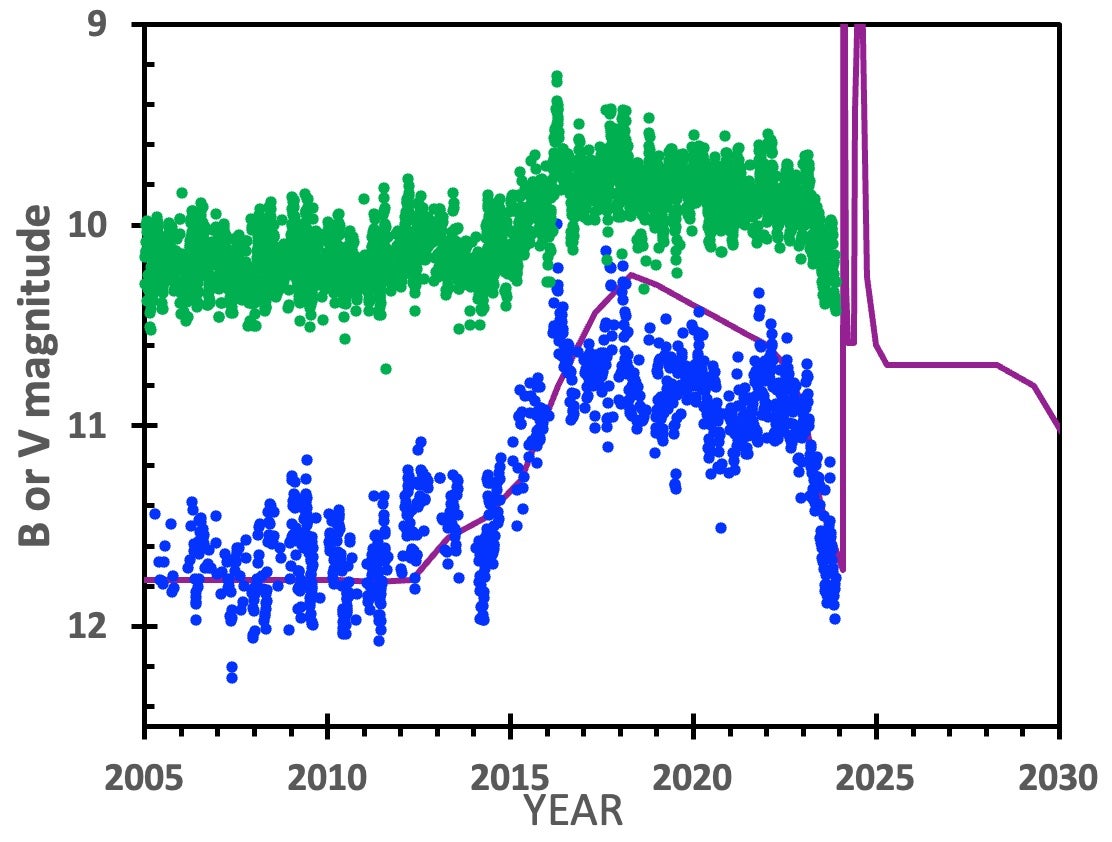
How to watch the explosive T CrB show
Normally, T CrB is not visible to the naked eye with a magnitude of 10. When it reaches its maximum brightness, T CrB will be comparable to Polaris, the North Star, which has a magnitude of 2. (The lower the number, the brighter Lo es.) It should stay this bright for a few days or a week before disappearing again.

To find the star, observers should look for the Corona Borealis, the Northern Crown, a curved constellation just west of Hercules, best seen in the northern hemisphere. The brightest star in the corona is Alpha (α) CrB, magnitude 2.2, about as bright as T CrB will appear in an outburst. From there, look east along the coronal curve, passing the stars Gamma (γ) and Delta (δ) CrB. The future spectacular, T CrB, is about 2.2° east of Delta. Although not visible to the naked eye, T CrB can currently be observed with a telescope or binoculars.
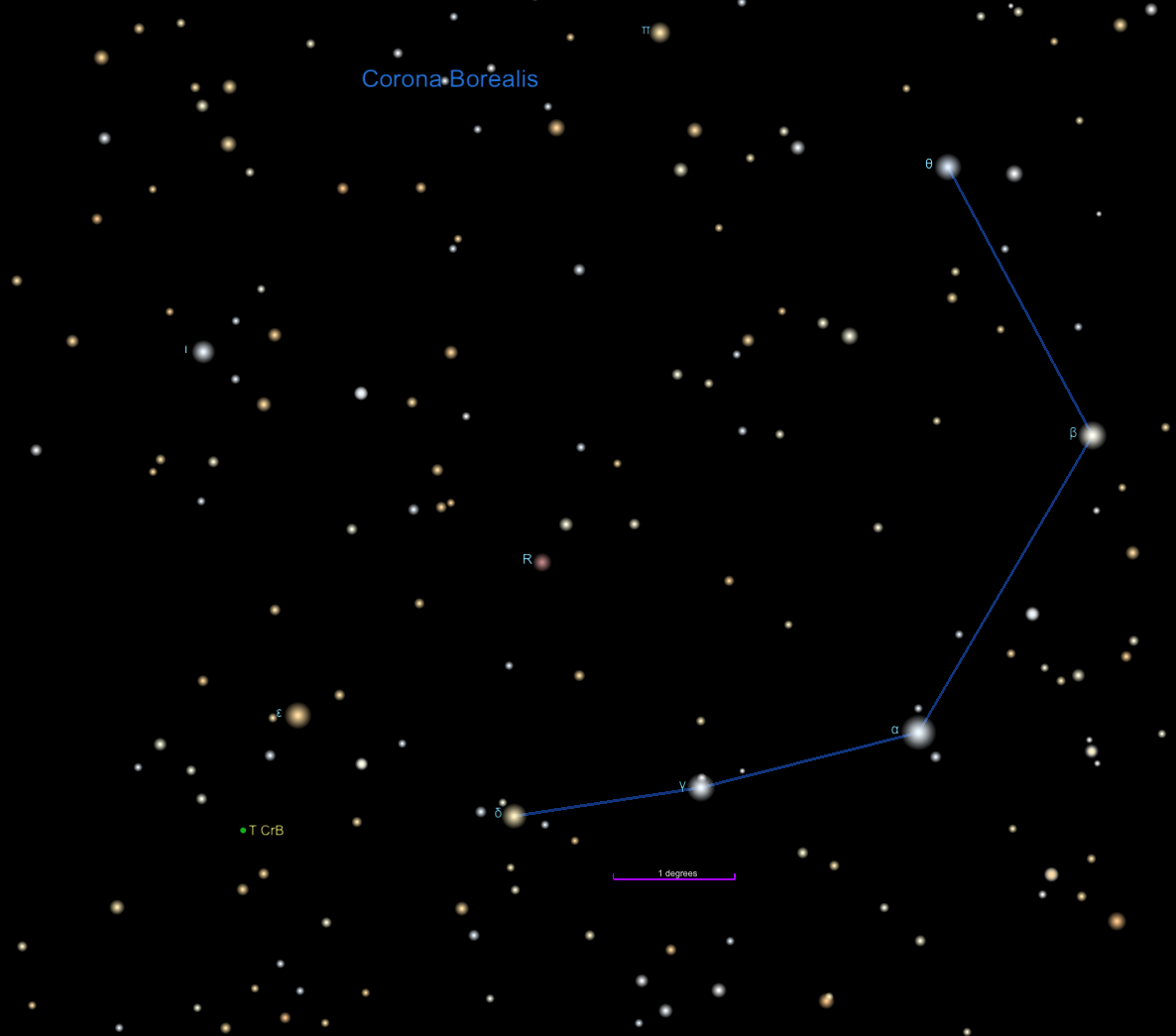
When T CrB activates, it will only be at its maximum brightness for half a day before you have to wait another 80 years to see it with the naked eye. So get out there and keep an eye on it!
Correction: An earlier version of this article had an artist's impression of the blast that was not entirely accurate. Has been deleted.








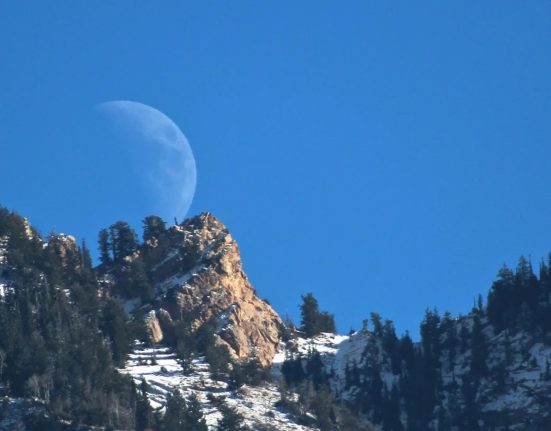
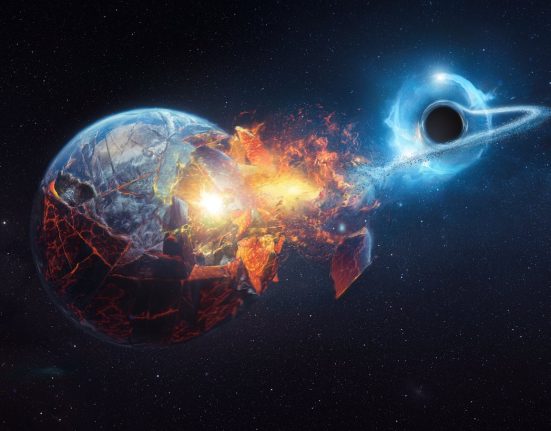

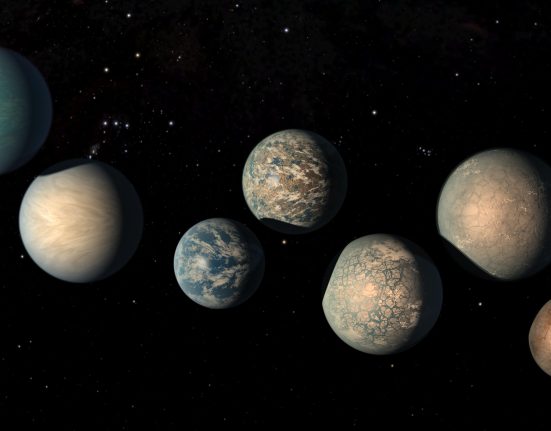
Leave feedback about this